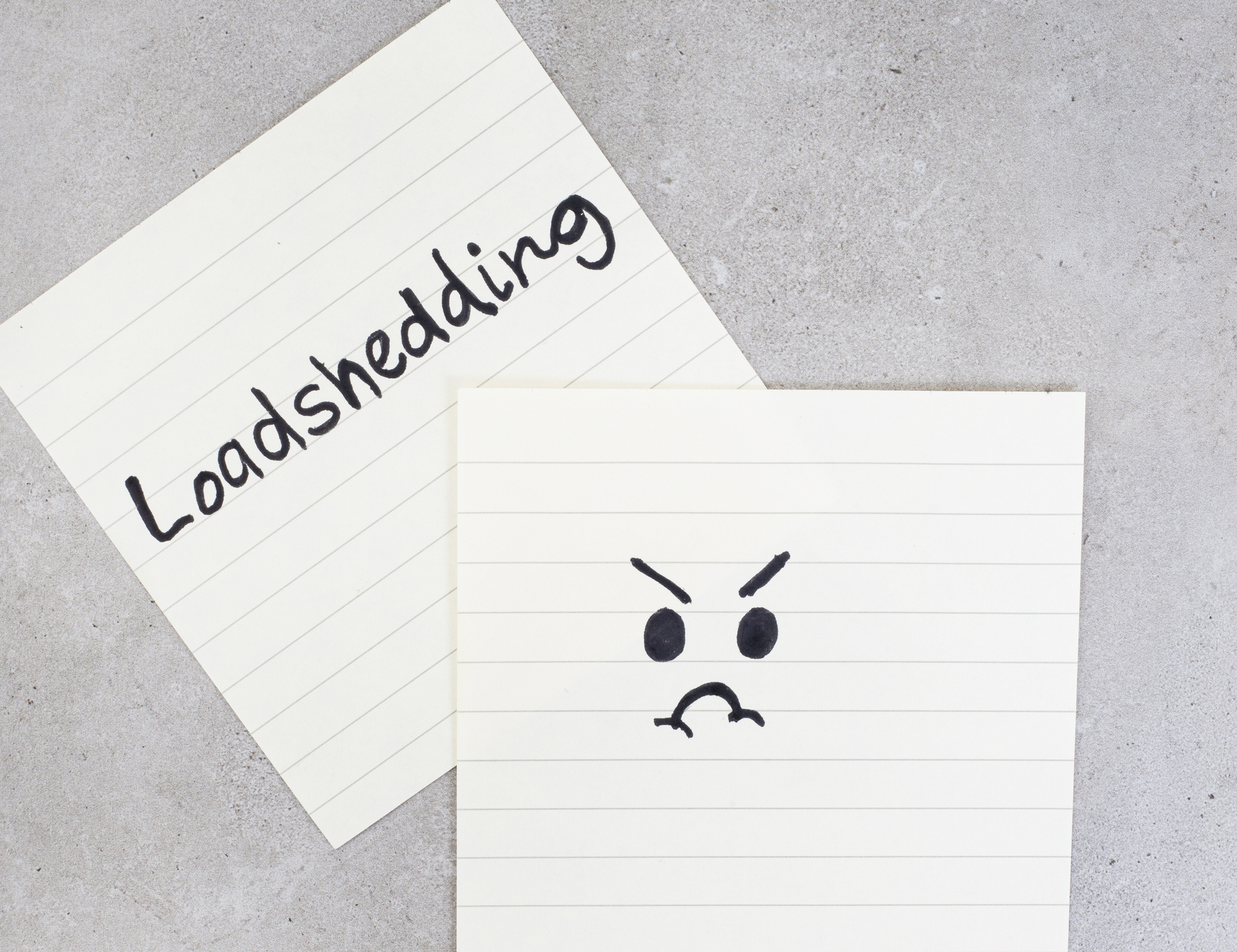As soon as there is light in the tunnel of the SA economy, something, usually in the form of load shedding, switches it off.

Image: iStock
The good news that South Africa’s real gross domestic product (GDP) growth increased by a significant 1.6% in the third quarter and the current account deficit narrowed to just 0.3% of GDP was ruined by load shedding, which led to a manufacturing production slump.
According to the Bureau for Economic Research (BER) at Stellenbosch University, the GDP cheer was diluted by stage 6 load shedding rearing its ugly head again in a mixed week on the local economic front.
The good news was also overshadowed by rising concern about the domestic growth outlook for 2023.
BER says another encouraging local release was the improvement in the Q4 FNB/BER Consumer Confidence Index (CCI), but poor manufacturing output data for October showed that the factory sector experienced a tough start to the fourth quarter, while the dreaded return of stage 6 load shedding, as well as the expectation that significant power cuts will continue for at least the next six months which puts further pressure on the economy in the fourth quarter and into 2023.
ALSO READ: Latest GDP numbers: SA ducked self-induced technical recession, but…
While Eskom ramped up load shedding to stage 6 on Thursday after a high number of breakdowns with no budget to buy more diesel and consequently delayed maintenance at Koeberg by a few days, BER says Eskom was technically ‘shedding’ at stage 7, spread between rolling blackouts and load curtailment on heavy industrial users.
BER says while it has some sympathy for National Treasury’s argument that it does not have the funds to help Eskom buy more diesel, as the power producer did not apply for it during the budgetary process, it is not difficult to argue that the situation has changed materially since then.
“Not supplying the funding comes at an enormous cost to the economy that is much more than the roughly R19 billion Eskom is asking for. Load shedding will not be solved with more money for diesel, but the higher, more damaging stages could possibly be avoided.”
While activity data for the third quarter has remained fairly resilient, we will likely only see the real impact of intense load shedding in the coming months as the ‘reopening’ boost to the economy and other normalisation from the shocks of the second quarter fade, BER warns.
“With this in mind, our October forecast of only around 1% real GDP growth in 2023 is firming up. Worryingly for the longer-term outlook, renewable projects of only 860MW (potentially 1000MW) have been advanced to preferred-bidder status following the last bid window. The round would have allowed for about five times the amount of MW to be allocated. Furthermore, not a single wind power project has been appointed, despite a significant number of bids.”
Download our app